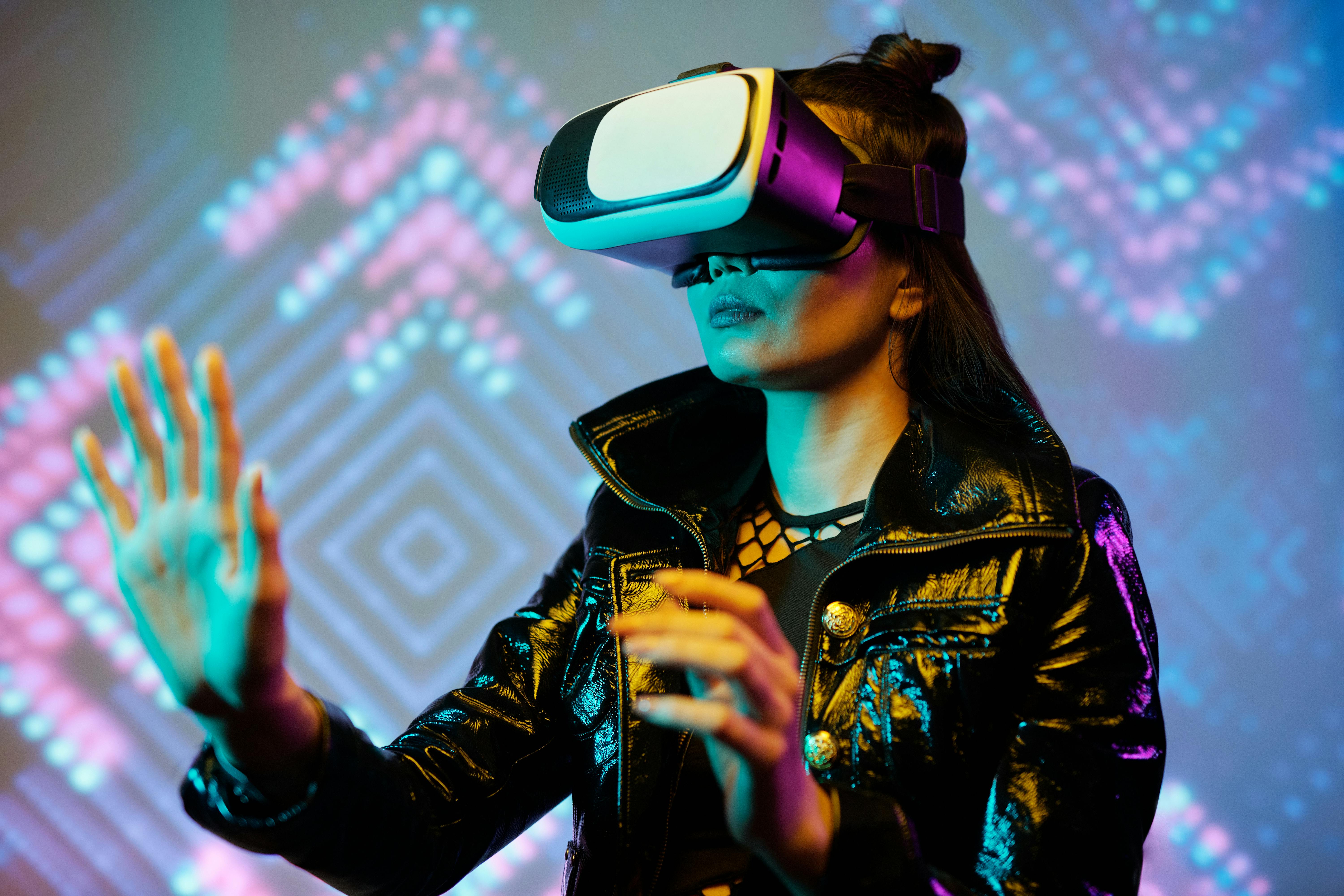The Dawn of Holographic Computing: A New Era in Tech
Introduction: In the ever-evolving world of technology, the next big thing is always just around the corner. Today, we're on the brink of a new era: holographic computing. This technology promises to revolutionize the way we interact with our digital world, making it more immersive and intuitive than ever before.

A Glimpse into the Past: The Journey of Holography
Holography, the science of creating three-dimensional images, has been around since the 1940s. Invented by Hungarian-British physicist Dennis Gabor, the technology was initially used for electron microscopy. However, it wasn’t until the 1960s, when lasers were introduced, that holography began to gain mainstream attention.
Over the years, holography has found its way into various fields, from art and advertising to data storage and security. However, its potential in computing remained largely untapped until recently.
Holographic Computing: The Present Scenario
Today, holographic computing is no longer a distant dream. Tech giants like Microsoft and Google are investing heavily in this technology, developing devices like the HoloLens and Google Glass. These wearable devices project holographic images onto the user’s field of vision, creating an augmented reality experience.
While these devices are still in their early stages, they’ve already shown immense potential. For instance, the HoloLens has been used in fields like medicine, architecture, and education, allowing users to interact with 3D models in a way that was previously impossible.
The Future of Holographic Computing: What to Expect
As we move forward, we can expect to see holographic computing become more prevalent. Experts predict that this technology will eventually replace traditional screens, transforming the way we work, play, and communicate.
Moreover, as holographic computing becomes more advanced, we may see the emergence of fully immersive virtual environments. This could open up new possibilities in fields like virtual tourism, remote work, and telemedicine.
The Market Impact and Price Range
While it’s difficult to predict the exact market impact of holographic computing, it’s clear that this technology has the potential to disrupt multiple industries. According to a report by Market Research Future, the global holographic display market is expected to reach $3.57 billion by 2023, growing at a CAGR of 30%.
As for the price range, current holographic computing devices are quite expensive, with the HoloLens 2 retailing for $3,500. However, as the technology matures and becomes more widespread, we can expect prices to drop, making it more accessible to the average consumer.
The Dawn of a New Era
In conclusion, holographic computing represents a significant leap forward in the world of technology. While we’re still in the early stages of this revolution, the potential of this technology is clear. As we continue to explore and develop holographic computing, we can look forward to a future where our digital and physical worlds are seamlessly integrated.
In this new era, the possibilities are endless. Whether it’s exploring a virtual city, collaborating with colleagues in a holographic workspace, or learning about the human body through a 3D model, holographic computing promises to transform our lives in ways we can only begin to imagine.





